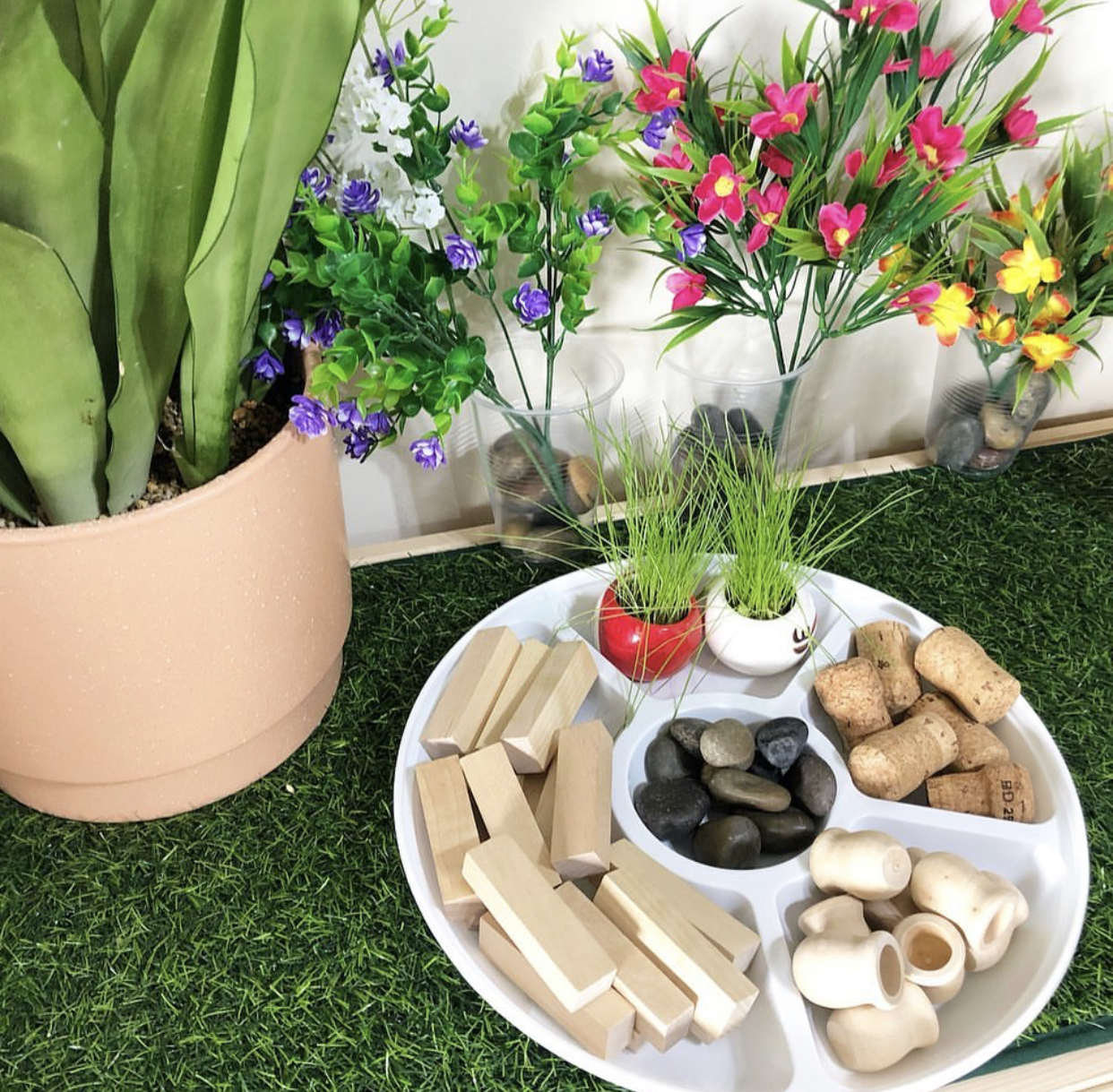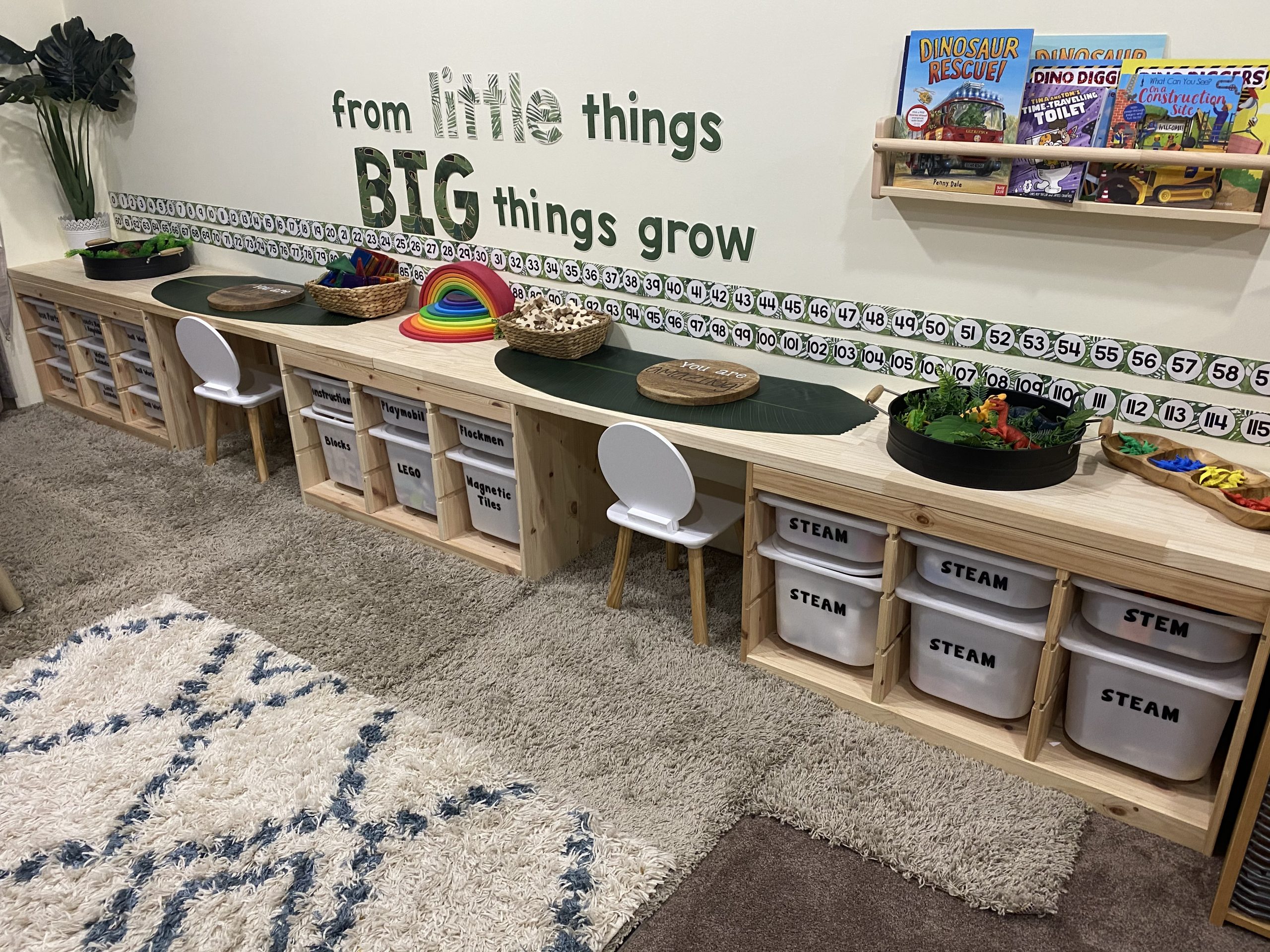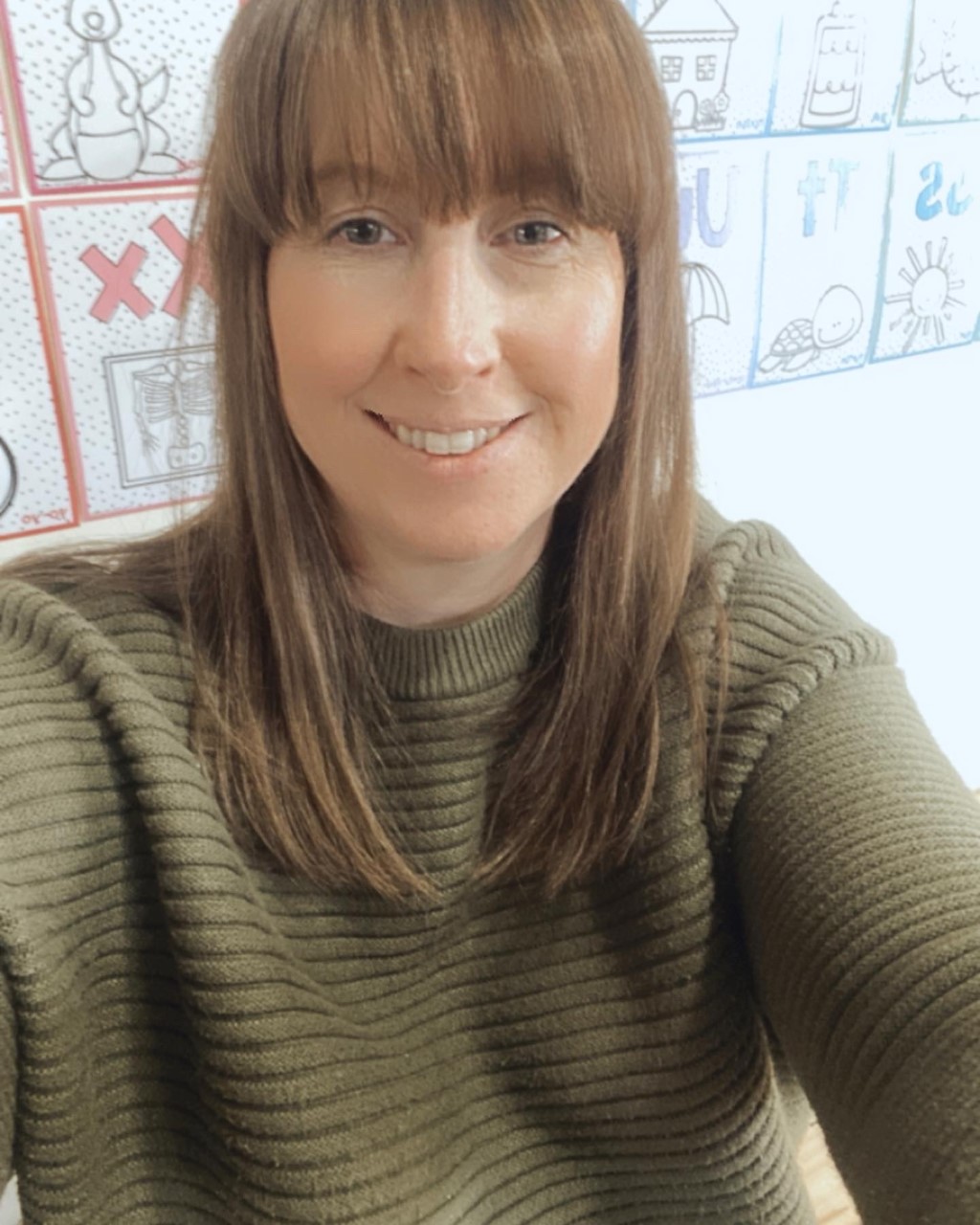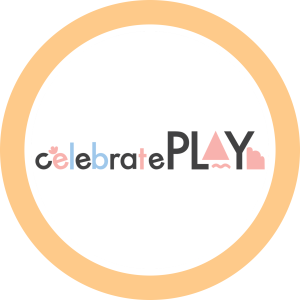Hi there Mummas, grab yourself a cuppa with a notepad and pen because this is a longish post and taking notes down will help with clarity and action.
Systems are a critical component to any major project particularly one that is best known as “motherhood” and another as “play”. They are the pieces that keep everything together-the solid foundation to planning with kids.
…so lets talk about what systems you can build into your everyday play routine that help maintain learning, engagement, productivity and celebrate play.
- CHUNKING// is a classroom literacy strategy taught to be used when learning to comprehend texts of length. It is way to help students identify key ideas, organise and synthesise information. This strategy can also be effective when looking at a daily routine and weekly schedule as a way of breaking up a lengthy to do list.
Lets say we chunk the weekly schedule into school days vs home days. Then we chunk it down further to incorporate a morning play, mid-morning play and/or NAP, afternoon/evening play and night play.
By chunking the week into two smaller chunks and then each day into 4 smaller chunks, the weeks/days plan already feels less overwhelming, right?
So let’s go one step further and chunk each of the four play routines to include structure, group, independent and one-on-one play.
For example,
Morning play is structured (children are ready to start their day, you are too from setting up play the night before-more on this below).
Mid-morning play is Independent (time to develop and practise independent skills, time for parents to prep meals and/or complete other tasks).
Afternoon/Evening Play is in a group with adult interaction (children in central location, minimal mess, quietness whilst other children nap and quality time is spent amongst parent and children & siblings together).
Night Play is one on one or small group (a time to communicate about the day, wind down and settle for the night).
2. PLANNING FOR TRANSITIONS – (indoors to outdoors and vice versa, outings to home and vice versa)
•school day routine/at home day routine/weekend routine
•back up play ideas (for the times when what you have set up hasnt worked)
•family meetings (for when important topics/issues need to be discussed).
•one play based learning station space available for easy set ups. We have a system called daily 5 am and daily 5 pm that has helped our morning and afternoon transitions to be calmer (more details on this coming later).
3. OPEN ENDED PLAY & RESOURCES ON HAND – Creating open ended play experiences in the home can be achieved with abit of creativity, a splash of personal touch and a selection of open ended resources. Open ended resources are those that are multi-use, do not require completion and encourage children to use their imagination and creativity. Here is a list of open ended resources compiled with the input of our community:
•wooden toys (blocks, kitchen appliances, food, cars, puzzles, market stand)
•dress up clothes
•puppets (hand, finger, string, shadow)
•Duplo/Lego
•water play (trough, buckets, funnels, cups, containers)
•paint
•sensory tubs (rice, sand, pasta, textiles, materials)
•treasure chests (miscellaneous items for self discovery)
•playdough
•found natural objects (pine ones, leaves, sticks, rocks, bark)
•straws
•marbles
•animal sets (sea, farm, reptiles, insects)
•balloons
•pots and pans
•construction sets
•musical instruments
•Cardboard boxes
•Toilet rolls or paper towel cardboard tubes
•Pipe cleaners
•empty cereal boxes
•Parachute/ blanket/ large fabric
•Wooden people
•Blocks
•Shells/driftwood
•Pegs/pegboard
•Construction toys
•Plastic eggs
•Cuisenare rods/ small blocks
•Empty tea boxes
•Various craft materials – pop sticks, pipe cleaners, coloured paper, foam sheets/stickers, scrap papers, felt sheets, alphabet sponges, plastic lids from playdough tubs, small glass rocks.
•Crochet fish tails (can put rocks or shells inside as bodies)
•threading buttons
•bean bags
•story stones
•stacking/nesting baskets
•fake grass
•lock box
•toy cars
•construction toy
Pop these in containers of sorts that fit your space eg. (takeaway containers, lunchboxes, plasticware, under the bed storage tubs, trofast tubs etc).
4. CREATE A SPACE THAT FITS YOUR LIFE – Here at celebratePLAY HQ, we strongly believe it is important to “Create a space that fits your life”. Why? Because the space we live in has a remarkable influence on us…it nurtures relationships and connections, creates ambience, persuades our moods and in some cases even provides us with a sense of belonging. In the early years, children often spend time playing and learning in a playspace – whether this be a dedicated playroom, corner in a room or the nursery. And like us, they are influenced by the space they live in. So how does one go about creating a space that fits their life? How does one create an inviting playspace for their baby?
Here are some ways/food for thought to help you get started:
•Little spaces don’t mean little furniture. A large cupboard or cube storage unit (IKEA Kallax, BUNNINGS Clever cube, KMART cube storage) can store lots of toys and display them so young babies can see and reach toys. Remember to safely secure furniture to avoid any accidents.
•Collate all toys before buying any storage solutions. It helps knowing exactly what resources you have and what type of storage will work best particularly if you are in the market for new furniture.
•Have a look around the home to see if any furniture can be repurposed. We recently repurposed our nappy change table into an outside toy storage unit.
•Ensure you have adequate light coming into your play space-can you tie curtains up, open blinds further, use brighter light globes. Remember to strictly follow safety guidelines with blind and curtain cords.
•Think vertically-can you utilise wall space with shelves or artwork. This can create the impression of a larger room.
•Can the inside of cupboard doors be utilised?
•Display children’s literature- it adds colour and sets up a culture and enjoyment of reading, even though they aren’t independent readers yet.
•Will nature work in your play space-greenery can add colour and encourage creative play.
•Can you create an art gallery to display children’s artworks? Again adding colour but also providing children with a sense of achievement.
•If you are on the hunt for new toys aim for buying open ended toys-toys that allow active explanation and many types of different play
•Add a splash of colour with artwork, coloured baskets/boxes/cubes, cushions, bean bags.
5. HOUSEHOLD SYSTEMS – We talk a fair bit about household systems at celebratePLAY because they help to scaffold other aspects of our life eg. the daily routine and the way we PLAN for PLAY. Whilst the housework can sometimes wait as it will always be there and playing with our children needs to be a priority, the fact is, sometimes the housework simply just has to be done to allow for PLAY and daily life to function smoothly. So the way around this is to create systems that allow for both to happen in harmony with each other. When I say systems-im thinking about laundry schedules, meal planning, play planning, a daily schedule, toy rotations, decluttering and zone cleaning etc. The systems that meet your needs, that make things feel less overwhelming, increase productivity, create a sense of accomplishment…the things that make us feel happy and less overwhelmed!!
6. PLAY PLAN – is something we often advocate here at celebratePLAY and what we are best known for. So, how does one do this? Where do you even begin? For us it was with setting the goal to create intentional play experiences for our early learners. It then moved into researching best theories and practices in play based learning, observing and taking notes of our children’s interests and abilities which in turn led to creating a plan to follow. My knowledge and expertise in the field of early Education and teaching in the classroom, definitely helped with this process as I knew what to look for regarding developmental milestones, skills and abilities.
Which of these strategies resonate with you? Which of these could you start to implement straight away knowing it is likely to work for you and your family?
Pop your thoughts below.





